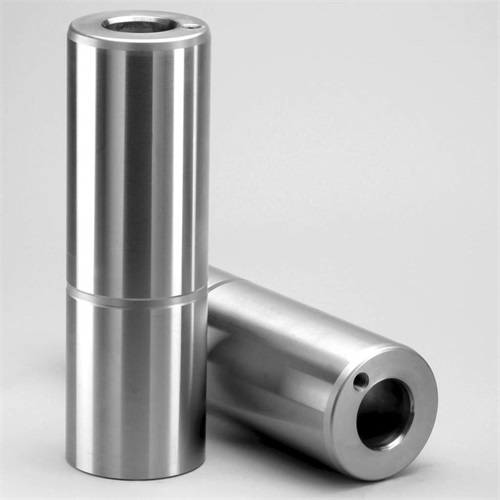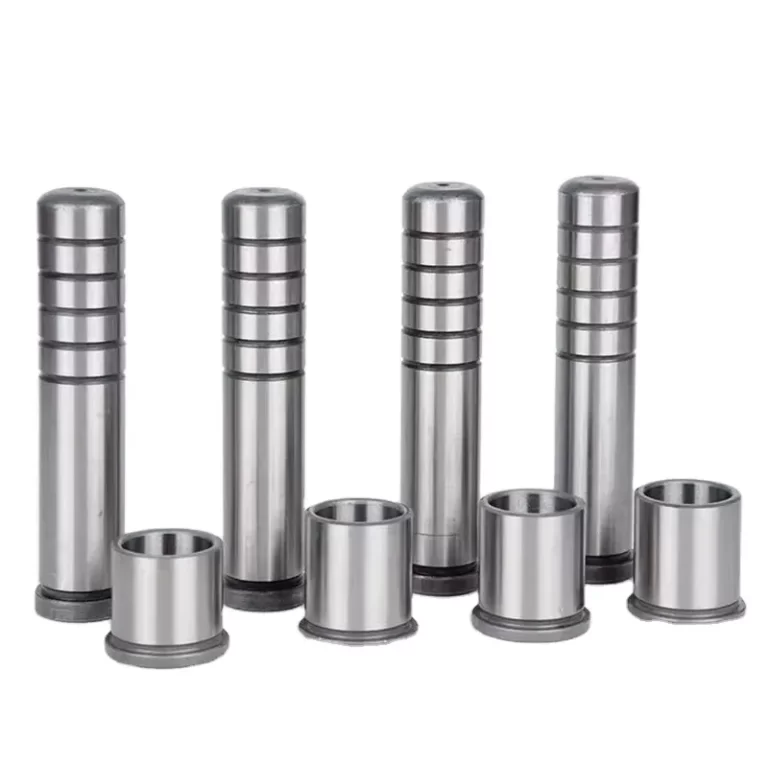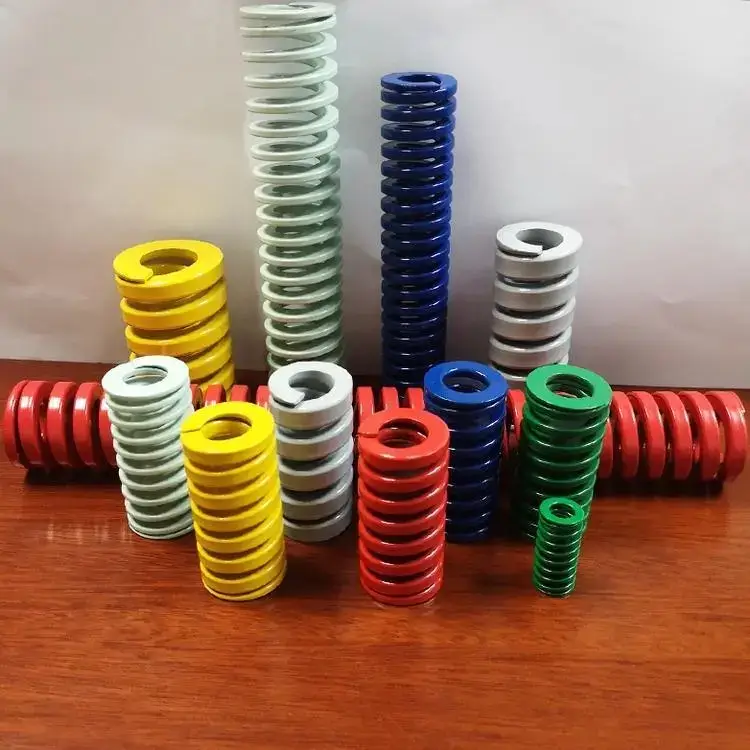Guidelines for Selecting Materials for Mold Components
- Superior Machinability: Opt for steels that are easy to machine and capable of producing high-precision components post-processing.
- Outstanding Polishing Performance: For the working surfaces of injection-molded parts, thorough polishing is often necessary to achieve a mirror finish with a surface roughness requirement of Ra≤0.05μm. Choose steel with a hardness ranging between HRC35 and HRC40; excessive hardness can pose challenges during the polishing process. The selected steel should exhibit a uniform, dense microstructure with minimal impurities, blemishes, and pinpoints.
- High Wear Resistance and Fatigue Performance: The injection mold cavity is subjected to both high-pressure plastic melt flushing and alternating thermal stress. While high carbon alloy steels can attain high hardness through heat treatment, their poor toughness makes them susceptible to surface cracking and unsuitable for use. The chosen steel should minimize the need for polishing and mold repairs, ensuring prolonged dimensional accuracy of the cavity and meeting the planned production lifespan.
- Corrosion Resistance: For specific plastic varieties like polyvinyl chloride and flame-retardant plastics, carefully consider selecting steel with corrosion-resistant properties.
These criteria are designed to ensure that the chosen materials for mold components meet the stringent requirements of the molding process and production, facilitating an efficient and effective manufacturing process.





